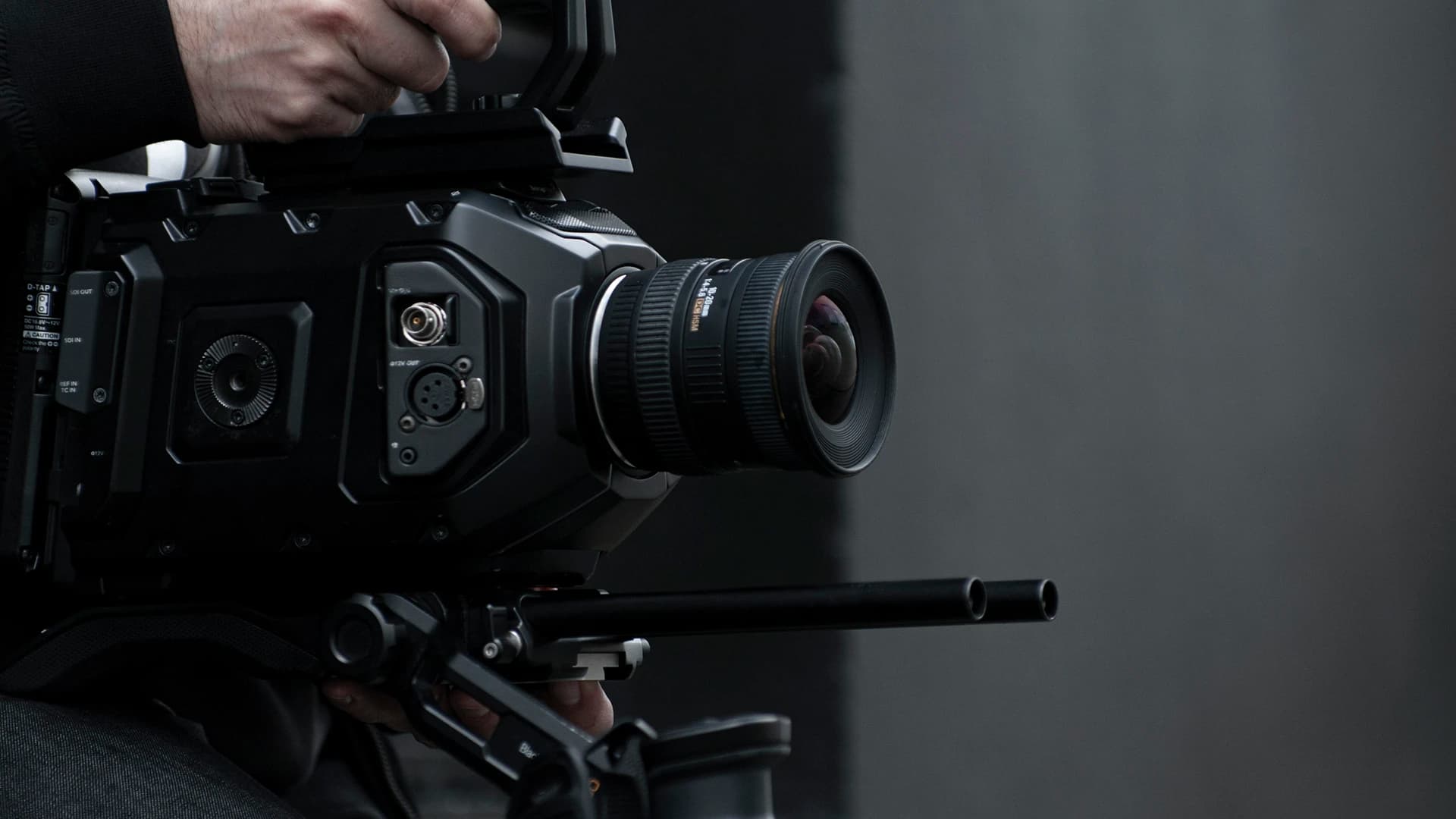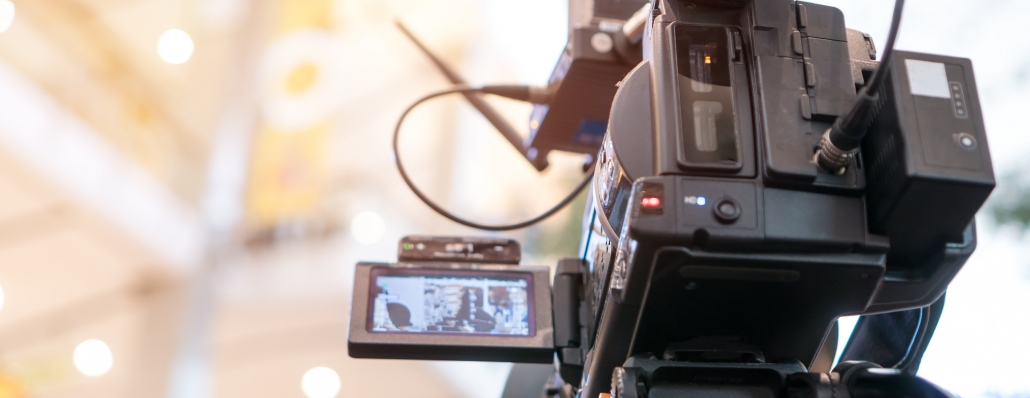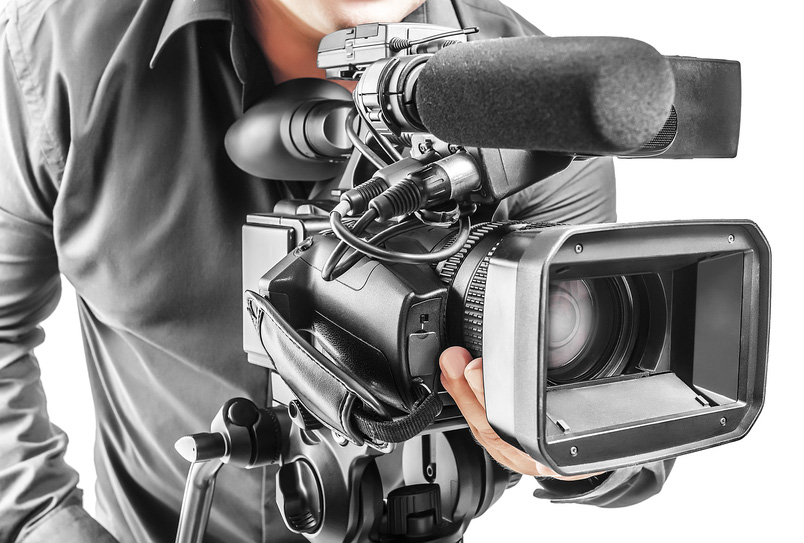The Duty of Lawful Videography in Depositions and Tests
Legal videography has actually emerged as an essential tool in both depositions and tests, providing a complex approach to documenting witness testaments. As legal specialists progressively recognize its worth, it motivates a much deeper assessment of how these aesthetic records can influence juror assumptions and trial end results.

Relevance of Lawful Videography
Legal videography plays a critical function in the documentation and presentation of depositions and trials. This specific area combines technological abilities with lawful knowledge to create a trusted record of process that can considerably influence instance outcomes. The visual facet of lawful videography enhances the understanding of witness testament, allowing jurors and judges to observe not only the spoken words yet also the temperament, emotions, and body language of the witnesses.
In addition, lawful videography supplies an objective account of occasions, decreasing the possibility for misconception that can accompany composed transcripts alone. This aesthetic documents offers as an important tool during test presentations, assisting in a clearer and more influential narrative for both plaintiffs and offenders. Moreover, the ability to replay video clip segments during court proceedings allows legal groups to emphasize bottom lines, reinforcing their debates properly.
The value of lawful videography extends beyond the court; it also plays an essential function in maintaining evidence for future recommendation, whether for charms or further legal action. Therefore, its combination right into the lawful procedure is important for making certain a fair and exact representation of the truths, ultimately adding to the quest of justice.

Refine of Legal Videography
While catching the nuances of depositions and tests, the procedure of legal videography involves a number of important actions that ensure top quality, accurate recordings. Originally, a specialist legal videographer prepares by assessing the instance products and recognizing the certain requirements of the deposition or trial. This preparation consists of acquainting themselves with the individuals and the context, which aids in capturing significant information.
On the day of the recording, the videographer establishes the essential tools, which usually includes high-def cams, microphones, and correct lights. Ensuring ideal angles and audio high quality is critical, as it straight impacts the performance of the recording. The videographer connects with lawyers and individuals to develop procedures, making certain that everybody recognizes the recording procedure.
Throughout the deposition or trial, the videographer carefully tapes the process, paying attention to both spoken and non-verbal cues. This includes recording the attitude and reactions of witnesses and lawyers. After the session wraps up, the videographer might edit the video footage for clearness and conformity with lawful standards, generating an end product that precisely reflects the proceedings for future reference and use in lawful contexts.
Benefits in Depositions
The unification of videography in depositions provides various benefits that boost the overall procedure of collecting evidence. One key benefit is the capability to capture witness testimonies with visual and auditory fidelity, providing an extra precise representation of the witness's attitude, tone, and body movement. This multidimensional strategy enables attorneys and juries to assess credibility much more effectively than standard written records alone.
Additionally, videographed depositions function as an effective tool for maintaining statement. Needs to a witness become inaccessible for trial, their videotaped deposition can be played in court, making certain that their proof remains obtainable and relevant. This element considerably minimizes the risk of shedding browse around here vital information that can influence instance results.

Lastly, videography improves the general expertise of the deposition process, instilling self-confidence in customers regarding the thoroughness of their lawful representation (legal videography). By leveraging modern technology, lawyers can significantly boost the performance of depositions
Effect On Tests
In lots of tests, the assimilation of videography can significantly influence the presentation of evidence and the court's perception. Legal videography captures witness statements and crucial proof in a dynamic style, allowing jurors to engage with the material on multiple levels. This aesthetic component boosts the narration element of a test, supplying context and emotional resonance that standard text-based evidence might lack.
Furthermore, video recordings can work as effective devices for impeachment during interrogation. When you can find out more disparities develop between a witness's prior declarations and their courtroom testimony, video proof gives an unbiased reference that can sway jurors' point of views. This immediacy and clearness can reinforce the reliability of an event's narrative while simultaneously weakening opposing disagreements.

Future Trends in Legal Videography
As we look towards the future of legal videography, numerous arising fads assure to improve its duty within the courtroom. One substantial pattern is the assimilation of expert system (AI) in video clip analysis and editing and enhancing. AI can improve the process of identifying essential minutes in taped depositions, permitting attorneys to rapidly access appropriate material, thus enhancing effectiveness in instance prep work.
Additionally, the rise of virtual truth (VR) and boosted fact (AR) innovations is expected to transform exactly how jurors experience evidence. legal videography. By immersing jurors in a substitute atmosphere, these innovations can offer a more extensive understanding of complicated situations, bring about more informed considerations
Furthermore, the increasing need for remote depositions, accelerated by the COVID-19 pandemic, will likely continue. Lawful videographers will certainly require to adjust to brand-new software and platforms to make certain top notch recordings in digital settings.
Lastly, the growing emphasis on data security will certainly necessitate more stringent procedures for storing and sharing special info video clip proof. As the legal landscape progresses, lawful videographers have to remain abreast of these patterns to keep their significance and effectiveness in the judicial procedure.
Conclusion
In recap, lawful videography offers a vital feature in the judicial procedure, enhancing the integrity of depositions and trials. By catching the nuances of witness statements, this medium not only maintains vital evidence but additionally help in offering info properly to jurors. The significance of aesthetic paperwork in assessing trustworthiness and facilitating cross-examination can not be overemphasized. As innovation continues to develop, legal videography is positioned to more transform its role within the lawful landscape.